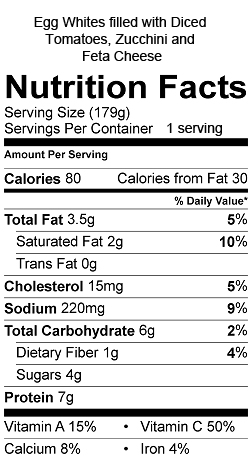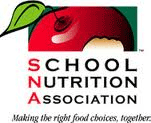World Diabetes Day (WDD) is celebrated every year on November 14th. The World Diabetes Day campaign is led by the International Diabetes Federation (IDF) and its association members. It joins millions of people worldwide in diabetes advocacy and awareness.
The Family and Diabetes
To mark diabetes awareness month and World Diabetes Day on November 14, the International Diabetes Federation (IDF) is urging families to learn more about the warning signs of diabetes. New research from IDF has discovered that parents would struggle to spot this serious life-long disease in their own children. Despite the majority of people surveyed having a family member with diabetes, alarming four-in-five parents would have trouble recognizing the warning signs. One-in-three wouldn’t spot them at all.
The findings underline the need for education and awareness to help people spot the diabetes warning signs early.
The warning signs can include excessive thirst, frequent urination, a lack of energy, blurred vision, slow-healing wounds, and numbness in the feet and/or hands.
This November, IDF is urging people to test their diabetes knowledge and learn more. IDF has made an awareness assessment available online at http://discoverdiabetes.idf.org/
Meet Toby Smithson, RDN, LDN, CDE
Toby Smithson is a Registered Dietitian, a Certified Diabetes Educator, a national spokesperson for the American Dietetic Association, and holds a certification in adult weight management. Toby was diagnosed with Type 1 diabetes in October 1968 and has managed diabetes personally every single day since with no hint of complications. Toby founded DiabetesEveryDay to share her insights into successful diabetes self-management.
DiabetesEveryDay.com members enjoy 24/7 access to weekly menu selections, recipes (developed by dietitians for heart health and carbohydrate management), grocery lists, and a unique library of video clips featuring Toby Smithson. New content is added weekly, Toby draws upon her own extraordinary diabetes management success to make this overwhelming responsibility for self-care both understandable and practical. She explores not only the nuts and bolts…. medical issues, food, and physical activity…. but also everyday lifestyle, emotional challenges, stress, and life-changing motivation; the real keys to success. To learn more, visit DiabetesEveryDay.com




































